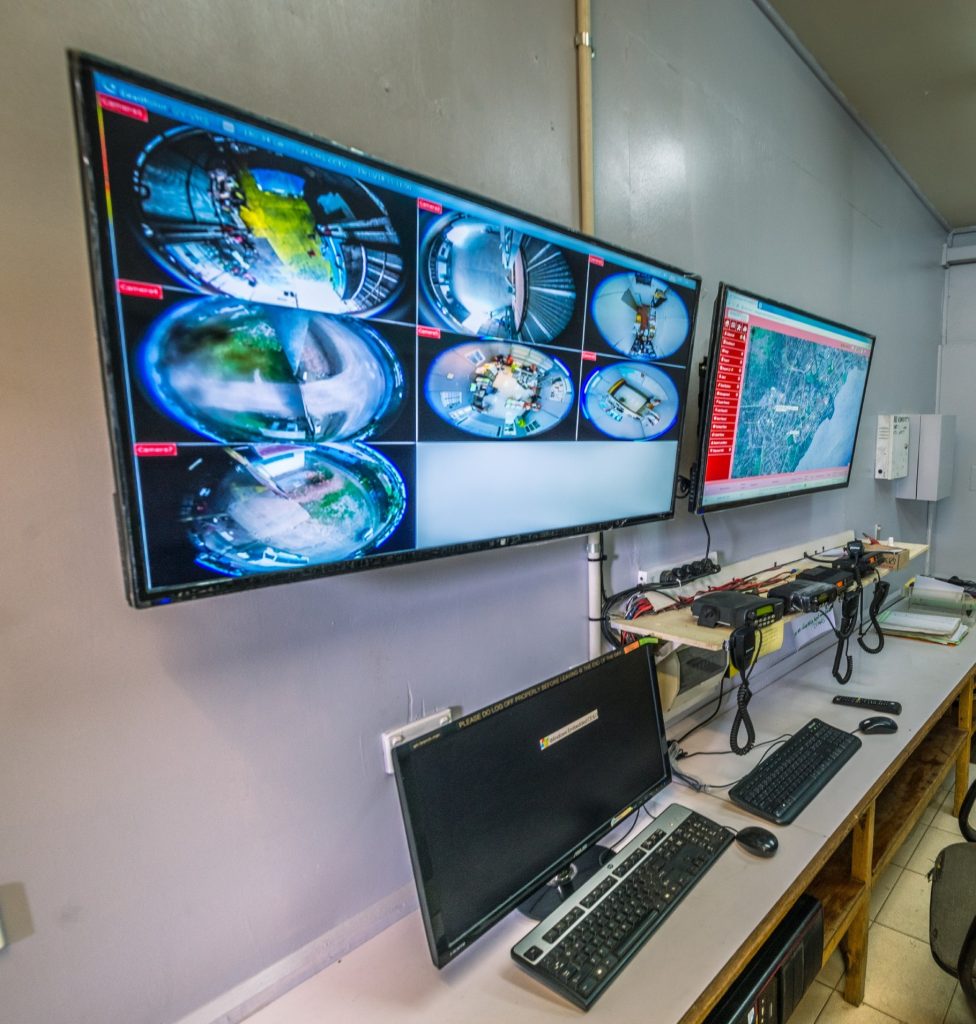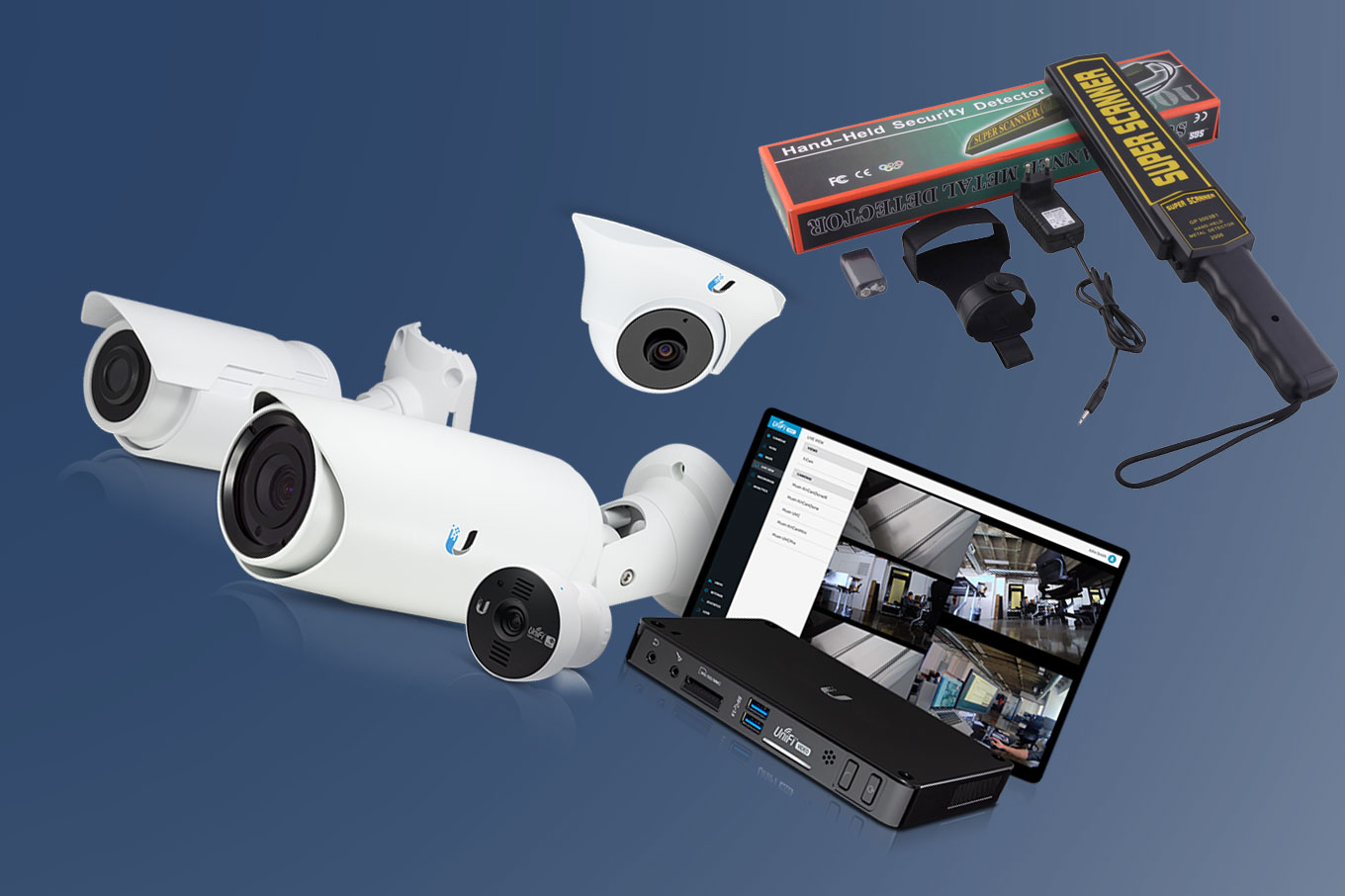The Future of Security: Exploring the current Patterns in Electronic Safety Technologies
Electronic safety technologies have actually become increasingly advanced, using innovative solutions to attend to the ever-growing obstacles faced by individuals and companies alike. From biometric authentication to the integration of man-made knowledge and equipment knowing, these patterns hold the guarantee of boosting safety steps in unmatched ways.
Surge of Biometric Authentication
With the boosting need for secure and practical verification techniques, the increase of biometric authentication has reinvented the method people access and shield their sensitive information. Biometric verification uses one-of-a-kind biological characteristics such as fingerprints, facial features, iris patterns, voice recognition, and also behavior qualities for identity verification. This modern technology offers a much more trusted and safe approach contrasted to traditional passwords or PINs, as biometric data is exceptionally hard to replicate or steal.
Among the crucial advantages of biometric authentication is its comfort. Individuals no longer need to keep in mind complicated passwords or fret about shedding access because of failed to remember credentials. By just utilizing a part of their body for confirmation, people can quickly and safely gain access to their devices, accounts, or physical rooms.
In addition, biometric verification enhances safety and security by supplying a much more durable protection against unapproved access. With biometric pens being one-of-a-kind to each individual, the danger of identification burglary or unapproved entrance is dramatically lowered. This increased level of protection is particularly important in sectors such as money, healthcare, and government where shielding delicate info is critical.
Assimilation of AI and Artificial Intelligence
The development of electronic protection innovations, exemplified by the rise of biometric authentication, has led the way for improvements in the combination of AI and Artificial intelligence for enhanced recognition and protection devices. By leveraging AI formulas and Artificial intelligence designs, electronic safety and security systems can now examine large quantities of information to spot patterns, anomalies, and prospective dangers in real-time. These modern technologies can adapt to evolving security risks and give aggressive actions to mitigate threats properly.
One significant application of AI and Artificial intelligence in electronic protection is in anticipating analytics, where historical information is made use of to forecast prospective safety and security breaches or cyber-attacks. This positive technique allows security systems to anticipate and protect against hazards prior to they happen, enhancing total precaution. Furthermore, AI-powered surveillance systems can smartly monitor and examine video feeds to determine questionable tasks or people, boosting action times and minimizing duds.
IoT and Smart Security Devices
Advancements in digital safety innovations have actually caused the introduction of IoT and Smart Safety Instruments, transforming the method security systems run. The Web of Points (IoT) has allowed protection devices to be interconnected and from another location easily accessible, offering enhanced surveillance and control capacities. Smart Security Devices, such as clever video cameras, door locks, and activity sensing units, are furnished with functionalities like real-time signals, two-way interaction, and assimilation with other smart home systems.
One of the significant advantages of IoT and Smart Safety Tools is the ability to provide individuals with seamless access to their security systems via smart devices or various other internet-connected gadgets. This Visit Website ease enables for remote surveillance, equipping, and deactivating of protection systems from anywhere, providing property owners with assurance and adaptability. Additionally, these gadgets frequently integrate innovative attributes like facial recognition, geofencing, and task pattern recognition to improve overall safety and security levels.
As IoT remains to advance, the combination of expert system and artificial intelligence algorithms into Smart Protection Gadgets is anticipated to more enhance discovery accuracy and customization alternatives, making electronic safety systems much more efficient and trusted.
Cloud-Based Safety And Security Solutions
Emerging as a pivotal element of contemporary electronic safety and security framework, Cloud-Based Protection Solutions supply unrivaled flexibility and scalability in securing digital properties. By leveraging the power of cloud computing, these services offer businesses with advanced security attributes without the requirement for considerable on-premises equipment or facilities. Cloud-based security services allow remote tracking, real-time notifies, and centralized management of protection systems from any kind of location with a web link. This not only improves benefit yet additionally enables fast reactions to protection cases.
Moreover, cloud-based safety and security options supply automatic software program updates and maintenance, making sure that security systems are constantly current with the most current securities against arising hazards. On the whole, cloud-based protection options represent a cost-effective and reliable method for services to improve their protection position and safeguard their digital assets.
Emphasis on Cybersecurity Steps
With the raising elegance of cyber hazards, services are placing an extremely important concentrate on strengthening their cybersecurity measures. BQT Solutions. As modern technology advancements, so do the methods used by cybercriminals to breach systems and steal delicate information. This has motivated organizations to invest heavily in cybersecurity measures to safeguard their information, networks, and systems from malicious assaults
One of the essential patterns in cybersecurity is the adoption of innovative encryption protocols to guard information both at remainder and en route. Security helps to make certain that also if data is obstructed, it remains unreadable and protected. Furthermore, the implementation of multi-factor verification has ended up being increasingly common to include an moved here extra layer of security and verify the identities of individuals accessing sensitive information.

Final Thought
